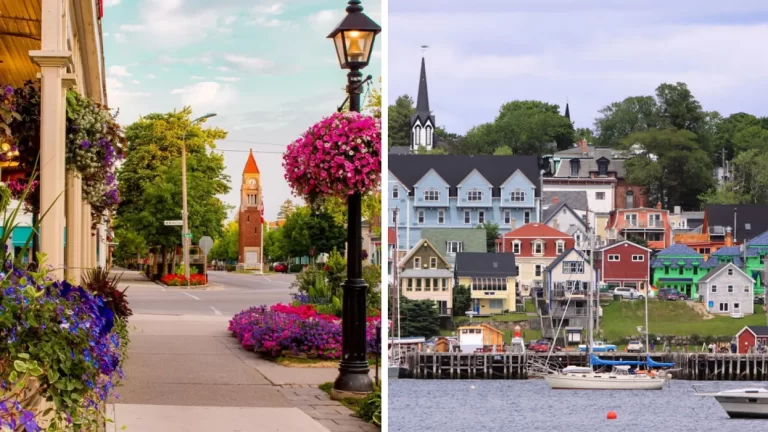Navigating London: A Comprehensive Guide to Transportation

With nearly 20 million tourists and a bustling population, London boasts one of Europe’s busiest transportation systems. The city offers an array of commuting options, from iconic double-decker buses to cutting-edge cable cars. Here’s a breakdown of the diverse modes of transportation in the vibrant metropolis:
London Underground – The Tube
The world’s oldest underground metro network, the Tube, is a cornerstone of London’s transportation. With over 270 stations and 250 miles of track, it efficiently connects the city. The distinctive logo makes it easily recognizable, and it’s a cost-effective option, particularly for travelers from Heathrow Airport.
London Overground
Introduced in 2007, the Overground complements the Tube, covering areas not served by its subterranean counterpart. With similar pricing and zone-based rules, it seamlessly integrates with the Tube network.
Docklands Light Railway (DLR)
Innovating with driverless technology, the DLR provides automated rail service in East and Southeast London. Ideal for navigating the docklands area, it links to the Tube network and facilitates travel to destinations like London City Airport and ExCel.
The Bus
London’s iconic double-decker buses are a convenient and affordable way to explore the city. With over two billion journeys annually, they offer a unique sightseeing experience. The “hopper” fare allows seamless transfers within an hour.
London’s rail services include suburban rails connecting central London to its suburbs, fast trains linking the city to the rest of the country, and direct links to major airports. Separate fares apply to national rail services.
London Tram
Tramlink operates in South London, connecting Wimbledon, Croydon, and Beckenham. Although smaller than other options, it serves its regions well, employing a payment system similar to buses.
Emirates Airline Cable Car
Offering a picturesque journey across the River Thames, this urban cable car connects Greenwich to the Royal Victoria Dock. Accepting Oyster cards, it provides stunning panoramic views of the city.
Boat
The River Thames becomes a waterway for public transport with Thames Clippers. Operating under TfL, it covers four routes from Putney to Woolwich, offering a serene and less crowded alternative.
Bicycles
London’s bicycle hire system provides an eco-friendly option. With numerous cycle points, it’s an increasingly popular choice for short trips, with the first 30 minutes free.
Taxis
London’s iconic black cabs remain a classic choice for transportation. Hailing one is easy, and while slightly more expensive, they offer cost-effectiveness for group travel. Note that taxis don’t accept Oyster cards.
Whether you opt for the historic Tube, the scenic boat ride, or a leisurely bicycle tour, London’s diverse transport options cater to every traveler’s preference.

















